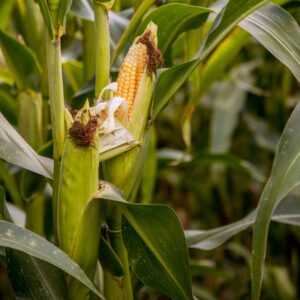
The domestic sheep (Ovis aries) is produced for its wool, meat and milk. Other sheep byproducts are:
Source: http://en.wikipedia.org/wiki/Domestic_sheep
South Africa is a net importer of sheep meat. As such, prices tend to be well integrated in the global market, reacting to changes in supply and demand conditions in major exporting countries such as Australia and New Zealand. Exports have gone to the United Arab Emirates and Hong Kong (Coleman, 2022).
Sheep husbandry is mainly practiced in the Eastern Cape, Northern Cape, Free State and Western Cape, with the other provinces having smaller numbers. South Africa has just under 22 million sheep (DALRRD, 2023).
One would expect that, with the high prices obtained for mutton and lamb, there would be a higher volume of producers swinging this way. The Bureau for Food and Agricultural Policy (BFAP) attributes the reluctance to “the continued challenges associated with livestock theft and predation in especially extensive production systems” (BFAP, 2021). (see the “Animal husbandry” and “Wildlife on farms” pages respectively for more). BFAP expects domestic demand to remain weak over the next decade as the country recovers economically, lamb being relatively expensive when priced against other meat types (BFAP, 2023). BFAP encourages a shift of focus to export markets for premium lamb and mutton cuts, while the rest of the carcass enables more affordable cuts locally. The export of live sheep to Middle East countries also hold potential (BFAP, 2021, 2023).
Refer to the “Wildlife on Farms” page.
If you’re really serious about starting with sheep you’ll look for information everywhere!
Source: Roelof Bezuidenhout, a farmer from the Eastern Cape. He has also been a writer and contributing editor for Farmer’s Weekly.
All sheep on the farm should be dipped. When lambs dry off after birth, they can become infested by lice and they should therefore also be dipped.
Source: taken from one of the Info Paks (see "Websites & publications" heading)
The following standards apply when moving animals:
Further reference:
Visit role player websites e.g www.rpo.co.za.